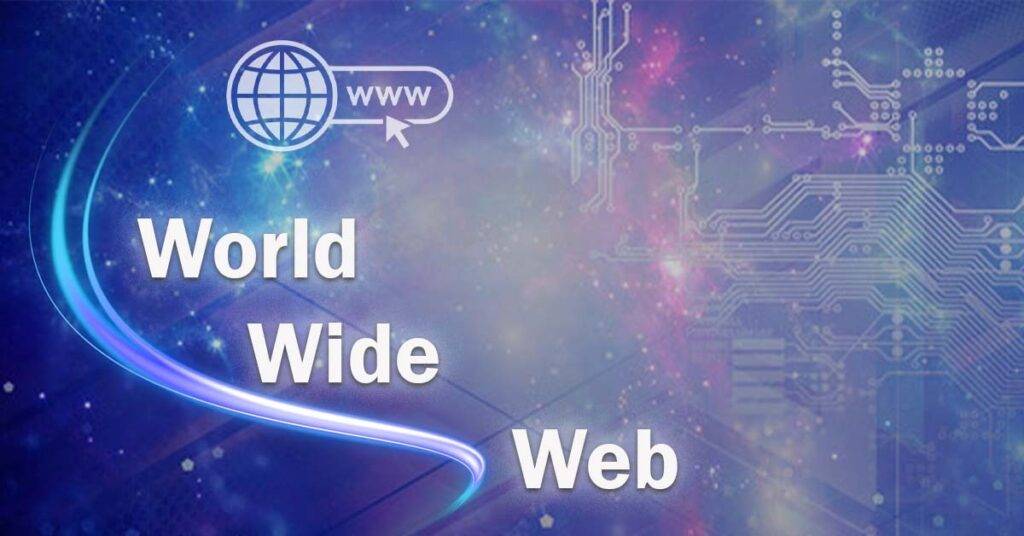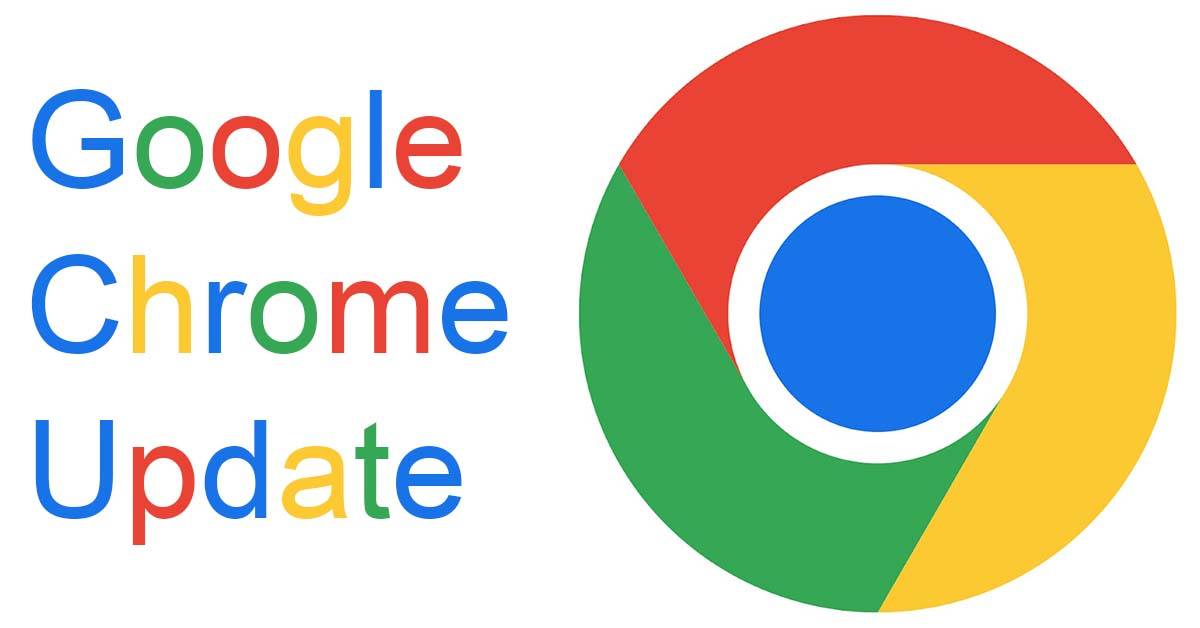The World Wide Web stands for web, WWW, or W3, is an information system that makes it possible to access documents and other web resources over the Internet.
Through web servers, which can be accessed by software like web browsers, documents and downloadable media are made available to the network. Uniform resource locators are character strings that are used on the Internet to identify and locate servers and services (URLs).
Web & HTML
A web page with Hypertext Markup Language formatting is the first and most widely used type of document (HTML). This markup language enables ordinary text, graphics, embedded video and audio materials, and scripts (short programs) that carry out intricate user interaction.
The HTML language also permits embedded URLs, or hyperlinks, which give users direct access to other websites. The typical habit of using these hyperlinks to navigate between different websites is known as web navigation or web surfing. Web pages that perform the duties of application software are called web apps. The Hypertext Transfer Protocol is used to transfer data from the Web across the Internet (HTTP).
Website
A website is composed of multiple web pages with the same theme and typically a similar domain name. A single web server may host several websites, whereas multiple servers may host some websites, particularly the most popular ones.
Website content includes a vast amount of instructional, entertaining, commercial, and governmental information and is offered by a variety of businesses, organizations, government agencies, and individual users.
Document Management System
The dominant software platform in the world today is the World Wide Web. It is the main method by which billions of people utilize the Internet. Initially intended as a document management system, the Web.
History of World Wide Web

Tim Berners-Lee, a British physicist, created the World Wide Web. Since 1989, Berners-Lee and colleagues at the European Organization for Nuclear Research (CERN) in Geneva have been developing the idea. A user-friendly system for international communication and information sharing was what they set out to create by fusing the available technologies and data networks. They started developing httpd, the first WWW server, at that time. The first customer was also given the name WWW.
The original WWW was a NextStep-based what-you-see-is-what-you-get (WYSIWYG) hypertext browser/editor. To communicate his concept of a World Wide Web, Berners-Lee presented the first web server and browser at CERN in 1990. When Berners-Lee, who also invented hypertext, announced it on the alt. hypertext newsgroup in 1991 and simultaneously launched the world’s first web page TheProject.html, the web then came to the attention of the general public.
The links and information on this website about the WWW project and web servers are still active as of 2022. The W3 technology was made freely available to the public by CERN in 1993.
Web Browser Evolution
Early in 1992, Berners-Lee and his team published a text-based web browser. However, the quick acceptance and adoption of the WWW didn’t begin until the 1993 release of the more user-friendly Mosaic browser. Mosaic offered a point-and-click graphical user interface that was already widely used in personal computers. This familiarity sparked a greater level of public interest in the WWW and contributed to its quick global expansion.
Mosaic was created in the US by businessman and software developer Marc Andreessen and others. They also created the Netscape Navigator browser, which rose to prominence in 1994 before being supplanted by Microsoft’s Internet Explorer the following year. Up to the debut of Google Chrome in 2008 and Mozilla Firefox in 2004, Internet Explorer (IE) controlled the online browser market.
Microsoft stopped supporting Internet Explorer in 2015 and switched to the Edge browser. The World Wide Web Group (W3C), a nonprofit worldwide consortium that strives to standardize the web through standards and reference software, was established by Tim Berners-Lee after he created the web.
Web 1.0
The World Wide Web is still developing. Berners-Lee first described Web 1.0, the first iteration of the Web, in 1989; it lacked video content and had a layout akin to a printed page. Web 1.0 was mainly static and concentrated on disseminating knowledge.
Web 2.0
Web 2.0, which debuted at the start of the twenty-first century, ushered in a brand-new age that was more interactive and dynamic than its forerunner and concentrated on user cooperation, global network connectivity, and communications channels. Applications like Airbnb, TikTok, Twitter, and Uber that boost online interactivity and utility have grown in popularity as a result of the expansion of Web 2.0, which was fueled by smartphones, mobile internet access, and social networks.
Web 3.0
Web 3.0 is still in its infancy and is still not fully defined, with the ambitious objective of producing more intelligent, linked, and open websites. Web 3.0 is anticipated to be completely decentralized, as opposed to Web 2.0, which consists of software and websites that leverage user-generated content. This puts control of content generation in the hands of creators rather than platform owners.



